51 Voices: Digging Deeper
Explore the newest entries to feature in 51 Voices

This January, The MERL embarked on 51 Voices, a new year-long project celebrating the Museum’s seventieth anniversary in 2021. Throughout the year, we will be working with a range of writers, artists and different communities to give contemporary voice to fifty-one objects and archives in The MERL collection connected in myriad ways to our founding year.
In this third monthly roundup of our 51 Voices work, join The MERL’s Anna Jones as she reflects on five of the fifty-one objects which were given Voice in March (now live on the exhibition page), and explores how they are resonant in our lives and changing world today.
51 Voices: MARCH
The items shared this month are as wide-ranging as you might hope to find in a museum: literature; memorabilia; film; artworks; oh, and a full size Miller’s Wagon.
Although different in size, shape, and materials, these are all used in the context of 51 Voices to indicate cause and effect. In all cases, the Voices lament how what is done in a moment of time, without perhaps thinking about the impact and repercussions, can have lasting and detrimental effect. At its worst, to life itself.
Object 10, the Groundnut Film, is a four-minute window into centuries of expropriation and exploitation. The ill-fated Tanganyika Groundnut Scheme was planned and put into practice in the mid-twentieth century, and came to an abrupt end in 1951. The story of its collapse is a powerful example of why top-down, colonial approaches to agricultural development often struggled to produce the desired results. It raises important questions about why the voices of local agricultural workers and communities were often ignored, and how this contributed to the Scheme’s demise.
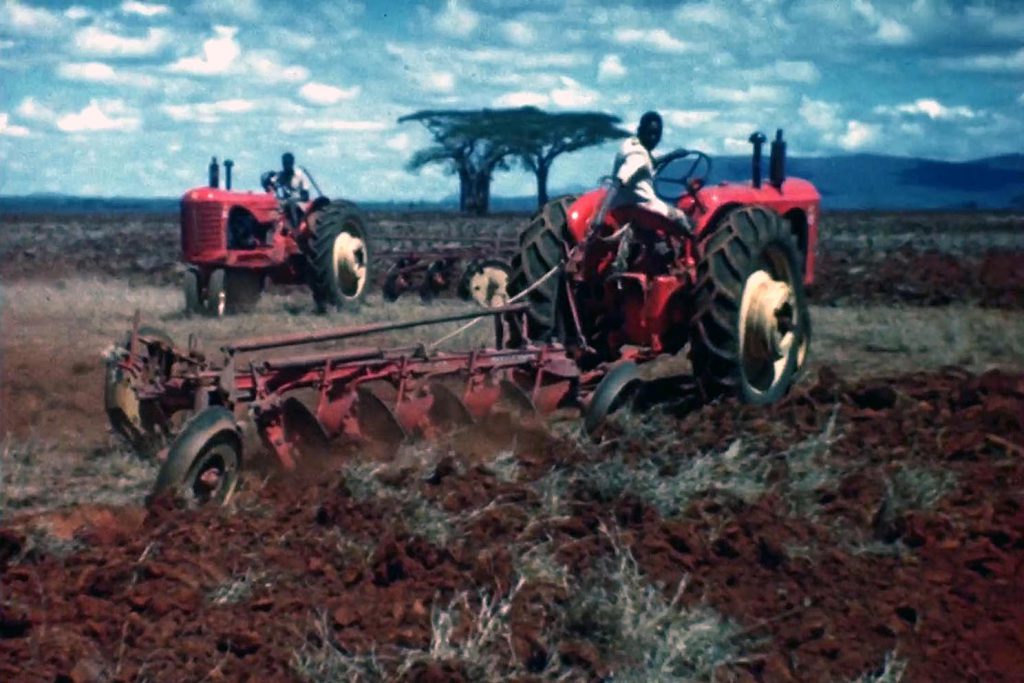
Atenchong Talleh Nkobou, PhD researcher in the School of Agriculture, Policy, and Development at the University of Reading, takes the film as a starting point for sharing insight into his current research interests and how these connect to the history of the Groundnut Scheme. He reflects on the significance of historical representation in contemporary development research and practice, linking this discourse to Black Lives Matter and to decolonising approaches to farm and rural heritage.
The film mixes footage shot in Tanganyika, previously the mainland part of present day Tanzania, with captions that introduce the scenes. But with no soundtrack or vocals, it feels chilling in the silence and uncomfortable in the witnessing. Atenchong Talleh Nkobou’s piece challenges both reader and viewer to not be complicit in our silence or passive in our watching. To question what we think we know, to defy hegemony, and to not convince ourselves that horrors of the past cannot be repeated. Indeed, it implores us to rethink who sets the scene and tells the story and to what effect. As Atenchong so concisely and compellingly puts it: ‘To manipulate history is to manipulate consciousness; to manipulate consciousness is to manipulate power.’
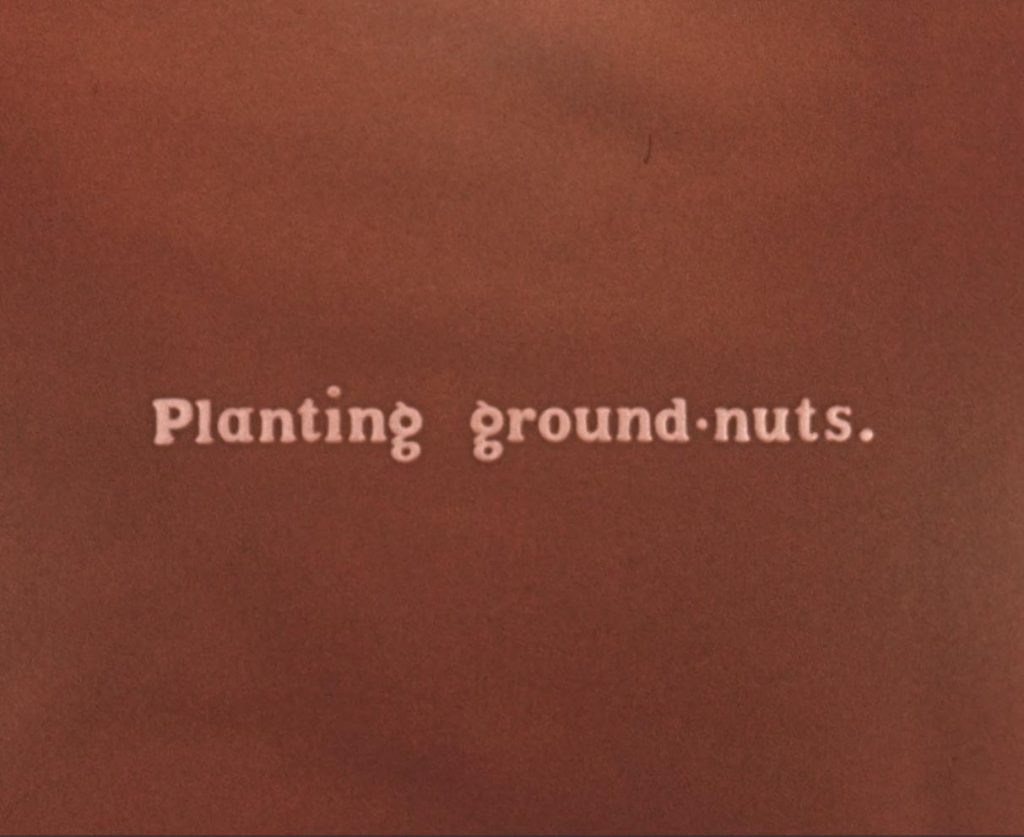
This film is adjacent to Objects 8, 9 and 11. These are all items from the Festival of Britain that, as Dr Harriet Atkinson observes, celebrated and showcased ‘a world in which accounts of inter-continental exploration and tales of derring-do did not yet reek of plunder and appropriation.’ A stark reminder that, in 1951, the manipulation of history already ruled Britannia.
Atkinson, a leading historian of design and culture based at the University of Brighton, opens our minds through opening the pages of Object 8, the Festival Guide. Bringing her extraordinary knowledge of the Festival of Britain to the fore, Atkinson reveals powerful themes of patriotism, land, refugees, and a whole series of intersections between design and identity that feel as relevant today as they did seven decades ago.
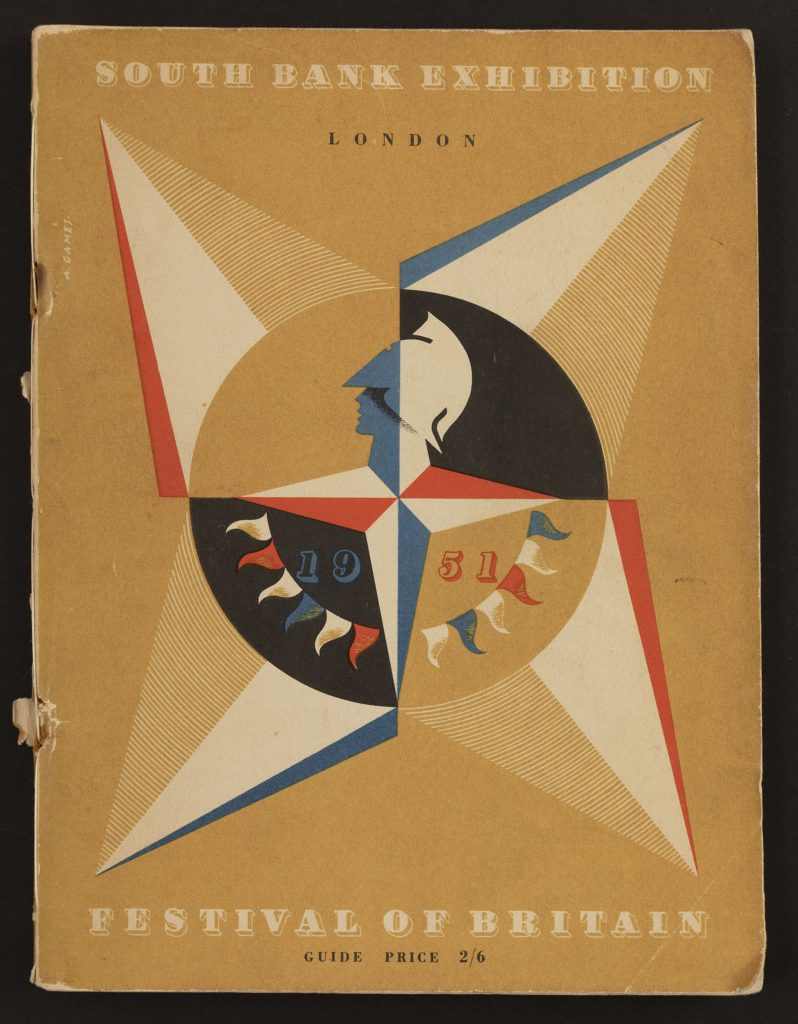
Madison Johnson, a PhD student at the University of Reading, tells the story of souvenir Object 9, the Horse Brass, and shows how its creation for the Festival of Britain was bound up with critical shifts in mid-twentieth century life and technology. Delving into this story provides insight into how Madison herself became interested in heavy horses past and present, and the part her research will hopefully play in finding a future for these animals and for trades interwoven with their upkeep and retention.
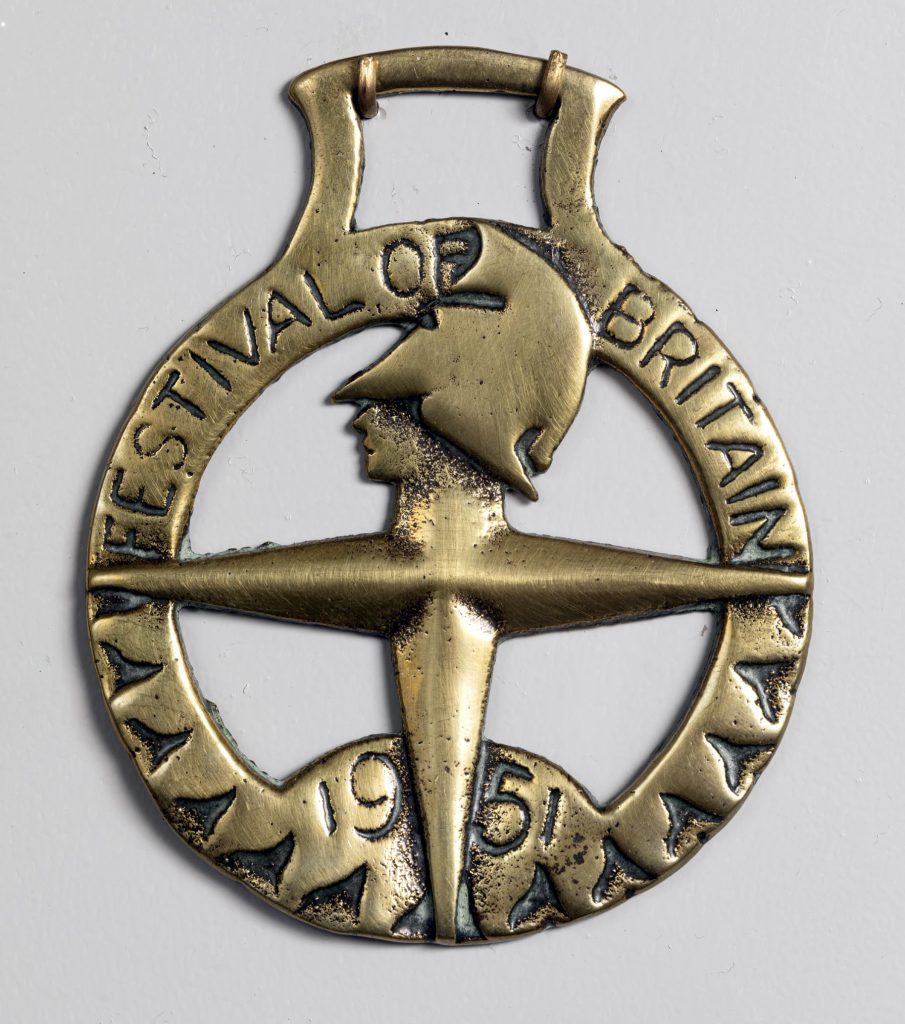
Curator of the University of Reading Art Collections Dr Naomi Lebens explores the intersections between art and the Festival of Britain in Object 11, The Country Year, revealing the little-known story of several artworks that were lost shortly after 1951. These include preparatory mural designs by Barry Evans and William Kempster that only arrived in The MERL a few years ago, as Lebens reflects on contemporary art interventions at the Museum and the development of holdings in her care.
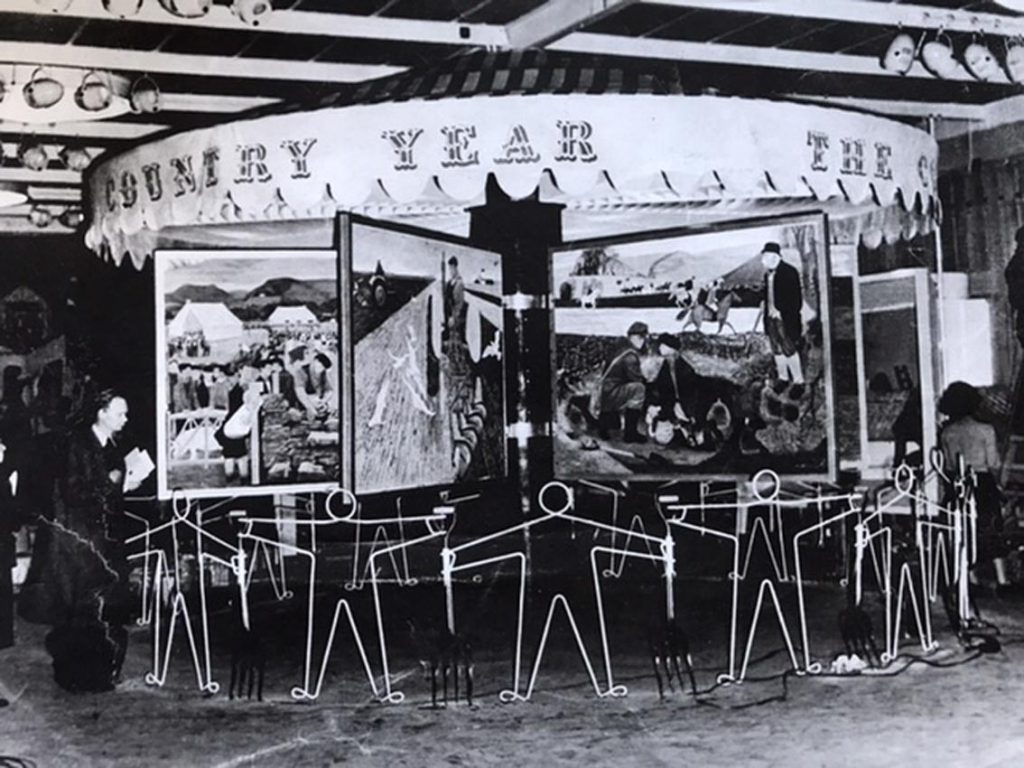
Through Object 12, the Miller’s Wagon, The MERL’s conservator, Fred van de Geer, explores how things degrade and the changing approaches to care of collections over time, and highlights the meticulous, knowledgeable, and amazing skills involved in conserving and caring for these collections for future generations.
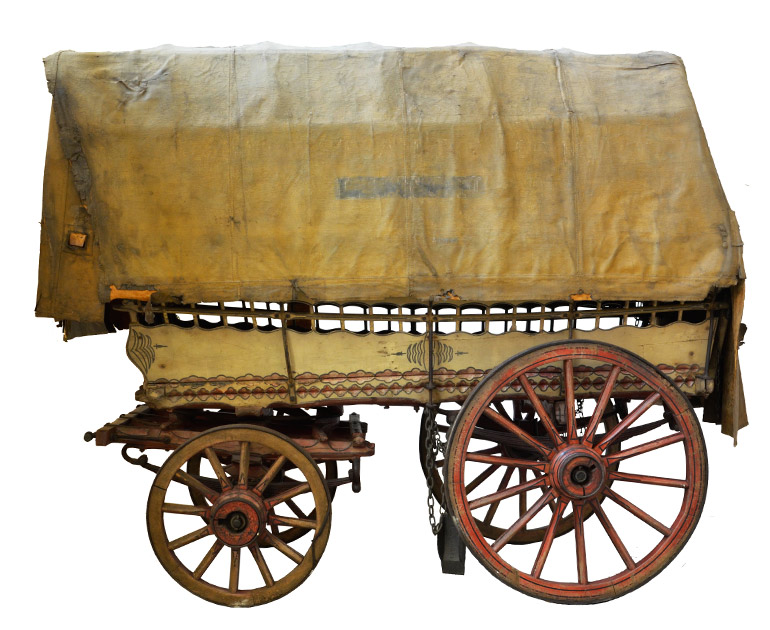
These March Voices and objects – be they a piece of filmed propaganda, a glossy brochure, or a shiny badge – encourage us to not take things at face value, to dig deeper, to distinguish and discern between what is on show and what lies beneath.
With thanks to the support of Arts Council England and the Government’s Culture Recovery Fund for making all this possible.
